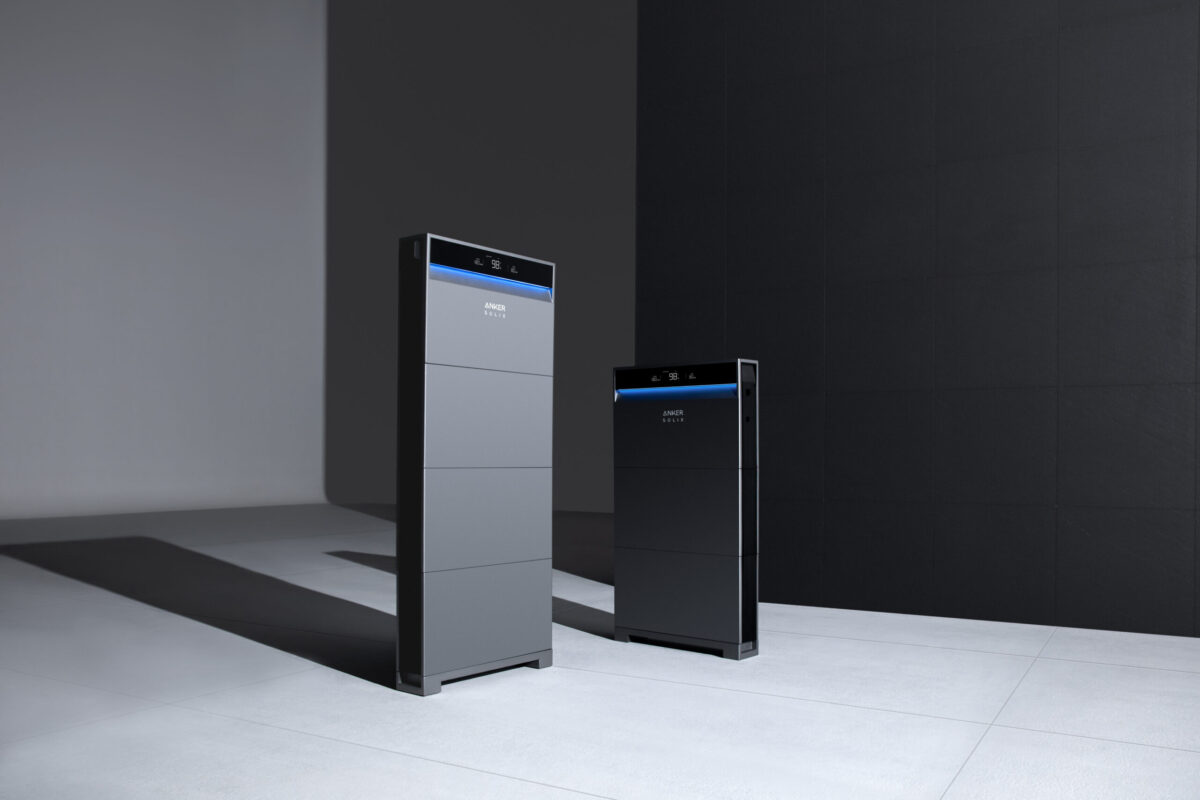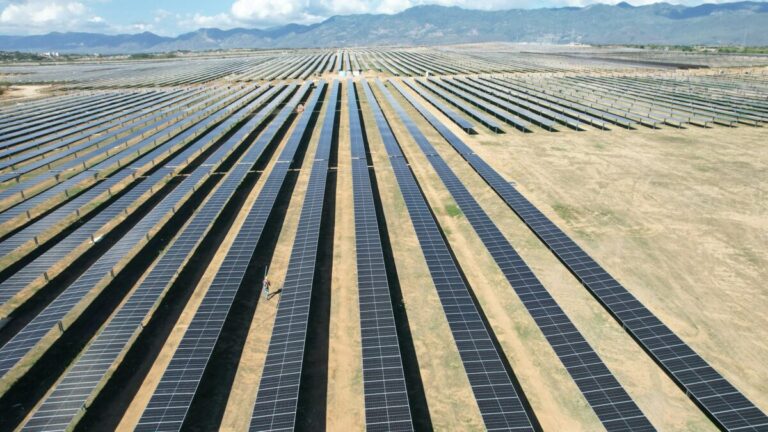Image: Priamo Mendez, Unsplash
Bifacial tracking systems have the lowest levelized cost of electricity (LCOE) for more than 90% of the world, according to the IEA-PVPS division of the International Energy Agency.
Are Task 13 fact sheet, which focuses on bifacial tracking, explains that a combination of bifacial modules with single-axis tracking produces the cheapest electricity because it increases energy output by up to 35% over conventional systems. It adds that cell designs in bifacial modules allow light to reach the cells from the back, with efficiencies ranging from 60% to over 90% at the front.
Bifacial PV cells and modules are overtaking monofacial PV technologies in market share. IEA-PVPS predicts that bifacial modules with bifacial cells will account for more than 70% of the market by 2033. Trackers – especially single-axis trackers – are also growing in market share and are expected to surpass 50% market share by 2033.

IEA-PVPS says tracker companies are targeting certain market sectors, such as dual-use agrivoltaic energy applications, deployment on non-agricultural or usable land and highly sloping terrain. Figures from 17 tracker companies, representing at least 87% of the global market share between 2012 and 2021, show that more than 80% of companies sell trackers in more than 10 countries.
The fact sheet contains an overview of system designs for optimal return and value. Researchers found that all tracker companies surveyed offer backtracking, which quickly adjusts tilt angles during adverse weather conditions such as hail, snow or high winds to protect systems and modules.
The IEA-PVPS Task 13 working group is currently studying best practices for bifacial tracking systems. This work involves conducting a blind PV performance modeling study where participants simulate six hypothetical PV systems using the provided design and weather data. IEA-PVPS plans to publish an upcoming report that will provide detailed insights to help companies and developers design high-performance PV systems that take into account all factors that influence performance.
The program’s latest work follows the Task 12 factsheet on the ecological life cycle assessment of PV systems, which was published in June.
This content is copyrighted and may not be reused. If you would like to collaborate with us and reuse some of our content, please contact: editors@pv-magazine.com.
Popular content



